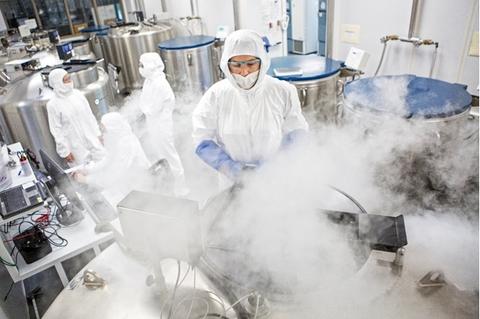Facilities at the Hollings Marine Laboratory
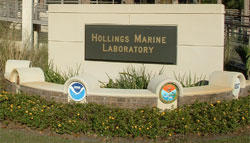
The HML is a 94,000 ft2 (8733 m2) laboratory designed to promote interdisciplinary research from molecules to ecosystems through the sharing of expertise, specialized equipment, space, and other resources. To carry out these studies, the HML is equipped with state-of-the-art analytical instrumentation necessary to identify and quantify pollutants and toxins, delineate fisheries stocks, optimize aquaculture production, study disease in corals; long-term archival of marine samples for future research, assess sensitivity of marine organisms to toxins and pollutants, apply genetic tools for marine forensics, and study biological functions such as metabolism and protein expression.
The HML has dedicated space for:
Analytical and Environmental Chemistry
- State of the art organic mass spectrometry laboratories for proteomics, metabolomics, environmental non-targeted analysis, legacy and emerging contaminants of environmental concern and the measurement and monitoring of algal toxins. Capabilities include both high and unit resolution mass spectrometry and with mass spectrometry instruments coupled to either liquid or gas chromatography.
- A high-speed computing cluster for processing of mass spectrometry data.
- Inorganic mass spectrometry laboratories for the determination of trace elements and speciated elements applied to material science, the environment and human health. NIST laboratories include mass spectrometry applied to the measurement of elemental isotopes such as an ICPMS-multicollector instrument.
- The nuclear magnetic spectroscopy (NMR) laboratory housing 700 MHz and 800 MHz instruments used for the measurement of metabolites (metabolomics), structural chemistry and for quantitative analysis.
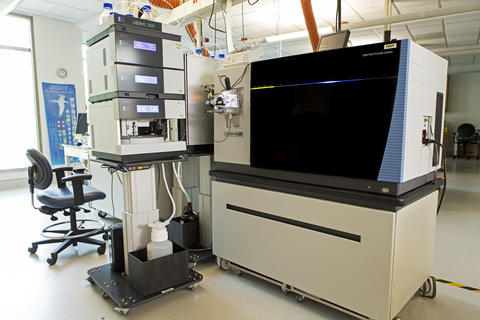
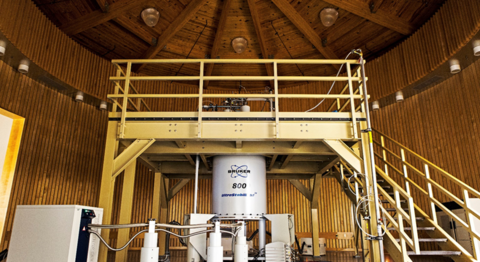
Aquatic Production and Toxicology
- Ten independent seawater culture systems each with a self-contained filtration package totaling more than 100 cubic meters of culture volume together with a support lab and food preparation area.
- Access to Waddell Mariculture Center
- Facilities for the rearing of corals for the assessment of health, disease and treatment.
- Facilities for conducting both acute and chronic toxicity tests of marine organisms.
- An outdoor saltmarsh mesocosm facility.
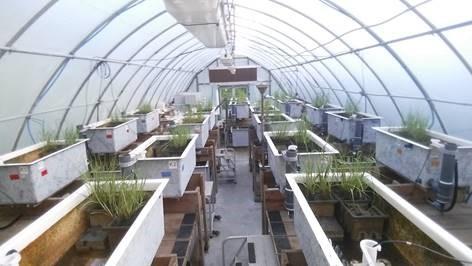
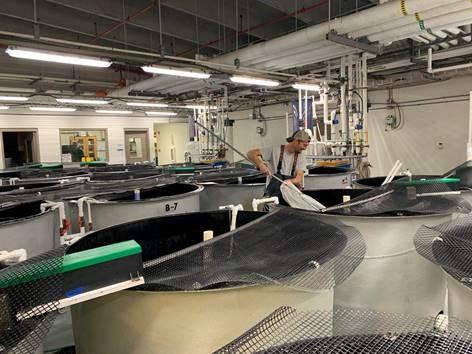
Challenge Laboratories
- Suite of laboratories adaptable to environmental conditions that include light, temperature, salinity and oxygen for animal health and toxicology research
Genetics and Molecular Biology
- Genetic analysis laboratories for both DNA and RNA sequencing.
- Laboratories supporting cell assays and microbiology.
- A Tissue archive supporting fisheries research.
- Marine forensics laboratory supporting identification of marine species using genetic and other techniques.
Microscopy Facilities
- Scanning Electron Microscope
- Confocal Microscopy with multi-line argon, green helium neon, and red helium neon lasers
- Light Microscopes
- Cryogenic facilities for long term-archival of well documented and preserved specimens for both retrospective and comparative environmental health analysis.
- Facility for cryogenically milling biological, environmental, and non-biological samples.
Clean rooms associated with the archive and cryomilling facilities
